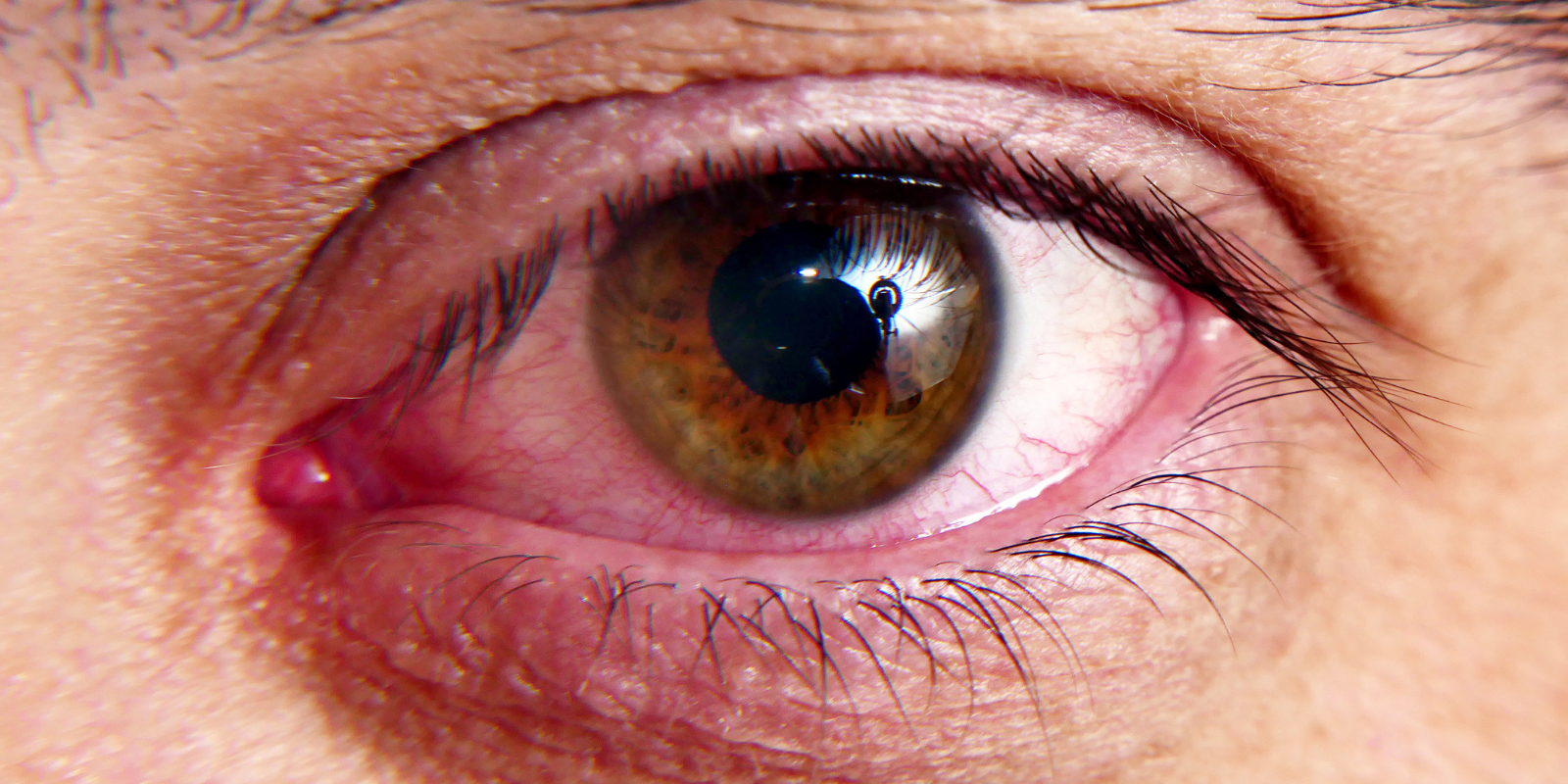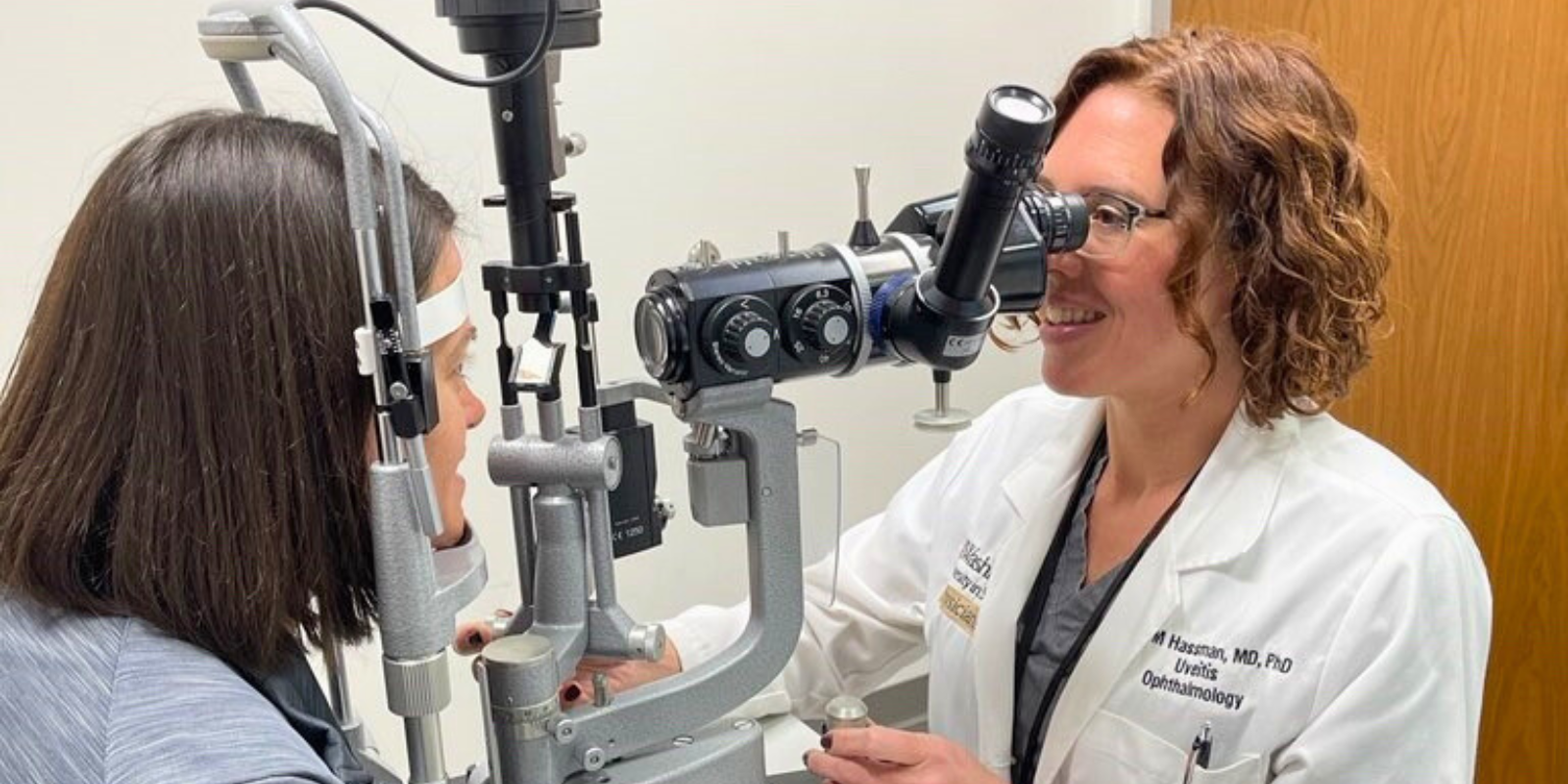When Amit Reddy, MD, assistant professor of ophthalmology at the University of Colorado School of Medicine, sees a patient for uveitis, there are a bevy of factors that could be causing the inflammatory condition. In rare instances it can even be bacteria Mycobacterium tuberculosis.
Tuberculosis (TB) typically attacks the lungs, but it can affect other parts of the body, too. If it reaches the eyes, the patient may experience uncomfortable symptoms that are consistent with uveitis: blurred vision, floaters, swelling, and general discomfort.
“Fortunately, we don't see ocular TB in Colorado so much,” Reddy says. “Part of that is because the TB rates in Colorado generally are quite low, likely related to the high altitude. Interestingly, before TB antibiotics were available, TB ‘sanatoriums’ were frequently located in areas at high elevation.”
Still, cases do occasionally end up in the care of Reddy and his colleagues. In 2023, a paper authored by Julia Xia, MD, a current uveitis fellow at the Sue Anschutz-Rodgers Eye Center, and colleagues found that the center had a 4% positivity rate of TB. However, most of those positive tests were coincidental and unrelated to the patient’s uveitis disease process.
Having a positive TB test doesn’t necessarily mean a person has an active infection in their eyes, Reddy explains, but that the patient has previously been exposed to tuberculosis.
Here, Reddy explains ocular tuberculosis, why it can be difficult to spot, and the treatments doctors use to address the infection and relieve the symptoms.




